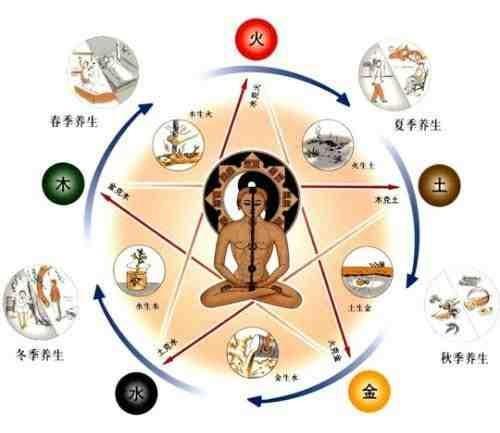eastiseverywhere: Taoism Week! Diagrams of the interactions of the Wu Xing, the Five Elements[Source
eastiseverywhere:Taoism Week!Diagrams of the interactions of the Wu Xing, the Five Elements[Source], [Source], [Source], [Source]You’ve heard of the duality of yin and yang in Taoism. But it’s have you heard of the, um, quintality of the five elements, or the wu xing?The Wu Xing (Chinese: 五行; pinyin: Wǔ Xíng), also known as the Five Elements, Five Phases, the Five Agents, the Five Movements, Five Processes, the Five Steps/Stages and the Five Planets is a fivefold conceptual scheme that many traditional Chinese fields used to explain a wide array of phenomena, from cosmic cycles to the interaction between internal organs, and from the succession of political regimes to the properties of medicinal drugs. The “Five Phases” are Wood (木 mù), Fire (火 huǒ), Earth (土 tǔ), Metal (金 jīn), and Water (水 shuǐ)…I’ve always been amused by how this overlaps but does not correspond with the four elements in Western alchemy: earth, air, fire and water. (It’s five if you count aether, of course.)Stoltzius von StoltzenbergThe Four Classical ElementsBohemia (1600s)[Source]And just as the four elements of Western alchemy weren’t associated with any one religion, the five elements of Taoism became pretty much pervasive in all of Chinese culture:After it came to maturity in the second or first century BCE during the Han dynasty, this device was employed in many fields of early Chinese thought, including seemingly disparate fields such as geomancy or Feng shui, astrology, traditional Chinese medicine, music, military strategy and martial arts. The system is still used as a reference in some forms of complementary and alternative medicine and martial arts.Did I say Chinese? I meant East Asian. The Japanese days of the week are still named after the five elements.PuniPuniMeanings of the Days of the WeekJapan[Source]And there’s lists on Wikipedia that show the elements’ myriad associations:[Source]So it’s always been a little weird for me that in The Last Airbender, a show so profoundly influenced by East Asian culture that it actually uses Chinese as its main written language, there are just four elements to be bent. Not five.World Map from Avatar: The Last AirbenderUS (c. 2006)[Source]Ah well. That’s hardly worth complaining about. If I’m gonna be a pedant, I’d rather go the XKCD route.Randall MunroeXKCD: ElementsUS (2011)[Source] -- source link
Tumblr Blog : eastiseverywhere.tumblr.com
#taoism#culture




